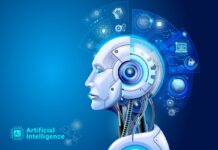Nowadays, information is a key asset. Thus, unlocking text from images using ML is becoming a significant area of research. This advanced field of research combines the power of computer technologies with the capabilities of image analysis and text processing.
From optical character recognition (OCR) to document analysis and information extraction from various sources, ML is revolutionizing the way we process and use text data from images.In this article, we’ll take a deeper look at the technology for unlocking text from images, with a focus on machine learning approaches.
Machine Learning in Text Extraction
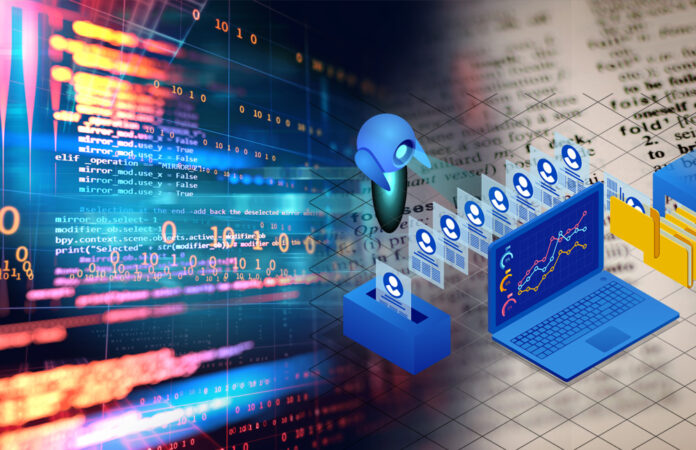
Machine learning in text extraction from images is a key application area of AI. This process involves the use of advanced algorithms, mainly neural networks to identify, locate, and convert text contained in the image into a digital form.
Image processing algorithms combined with ML techniques allow the recognition of characters and words in photos, documents, and even on the screens of electronic devices.
This enables the automated processing of data from many sources. It plays a pivotal role in areas such as OCR, document analysis, and even the interpretation of handwritten content.
The applications of machine learning in text extraction from images are extremely versatile. It can be used in
- Medicine, where it helps in analyzing the results of medical tests
- Retail for automatic barcode scanning
- Document archiving, where it enables the digital processing and categorization of paper documents
A key challenge in this area is improving text recognition accuracy, especially when dealing with non-standard fonts, poor image quality, or different languages. However, developing technologies and growing data allow for continuous progress in the field of text extraction from images.
A Vital Technology in Extracting Text from Images

Without character recognition in the image, text extraction would not be possible. Therefore, OCR (Optical Character Recognition) is a key technology in extracting text from images.
It is extremely important due to its ability to automatically recognize characters on graphic, printed, and handwritten files. To effectively recognize characters, OCR software takes into account factors such as:
Text Density
Is the text densely placed as in the printout? Is the text scattered as in a photo, e.g. of a street?
Text Structure
Is it organized in neat rows? Is it freely distributed in various shapes and fonts?
Font
Manual or computer font? Recognizing characters in computer fonts is much easier than in the case of handwritten fonts.
Artifacts
Are there artifacts in the image? Perfectly scanned pages contain virtually no artifacts. However, they may appear in photos from different contexts, and this needs to be taken into account in the OCR process.
Text Extraction from The Image Using ML
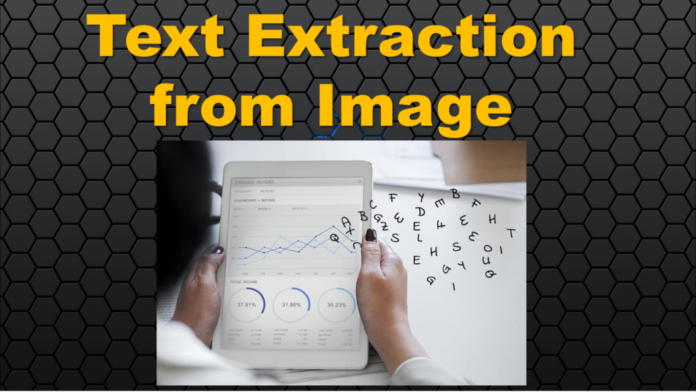
Text extraction methods use advanced machine learning algorithms. These algorithms enable automatic recognition and extraction, which has applications in various fields such as document processing or data analysis.
With the constant development of ML technologies, these methods are becoming more precise. We discussed some of them below.
Text Extraction Techniques
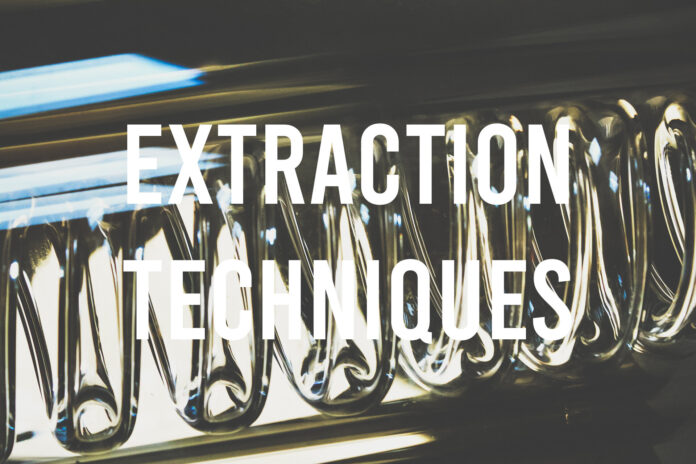
Region-Based Method
The region-based method is a technique that uses a sliding window to scan an image to analyze or identify text. It is also known as the sliding window method.
It consists of meeting various criteria such as color properties, edges, shape, contours, and geometric features to detect the presence of text. Compared to other techniques, the speed of the region-based method is very low.
Texture Based Method
This method uses various textures and their properties to extract text in complex images. You may use various techniques, for example, DCT Transform Wavelet, Fourier Transform, and Gabor filters.
Hybrid Technique
The hybrid technique is a combination of the approaches mentioned above. In the first stage, we mainly use the region-based method to identify areas containing text.
Next, we employ a texture-based method to extract features from the text area. It is worth noting that one method is not universal and suitable for all natural images due to their diversity in size, colors, and fonts.
Connected Component Method
Connected Component Method is another technique on our list. It uses a bottom-up approach or a method in which small image elements successively combine to form larger components in the image. The process concludes upon the identification of all regions within the given image.
Edge-Based Method
A crucial feature in the context of every text, regardless of its color, intensity, or layout, is its edges. The edge-based method is a technique used to produce a clear contrast between text and the background. The key aspects that characterize text embedded in images are:
- Edge strength
- Density
- Orientation variance
The edge-based method allows for a quicker and more effective localization, extraction, and analysis of text in both documents and images. This technique, however, might not be as efficient when dealing with large amounts of text.
Morphological Based Method
The morphological method employs topological and geometric methods for image analysis and evaluation. It is widely used in areas such as character recognition and document analysis.
The main goal of this method is to extract text features from processed images. Additionally, it is resistant to various types of image modifications, such as translation, rotation, or scaling.
Conclusion
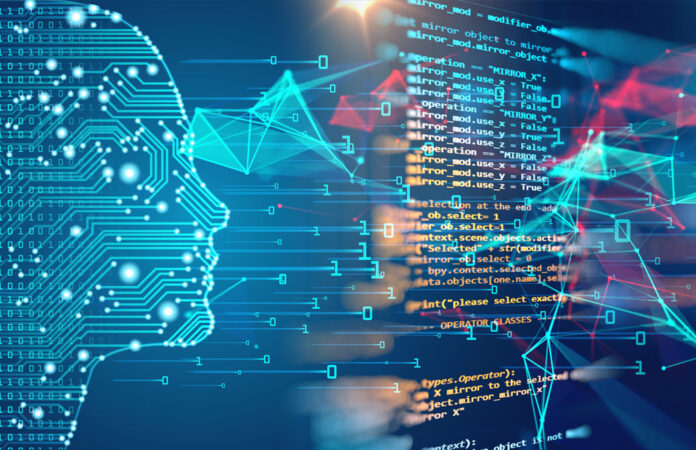
Machine learning plays a key role in extracting text from images. This technology allows computers to identify, locate, and convert text in images into digital form.
In this article, we’ve focused on the important role of ML in extracting text from images. We have discussed different text extraction methods such as the following:
- Region-based
- Texture-based
- Hybrid method
- Connected component method
- Edge-based
- Morphological based method




